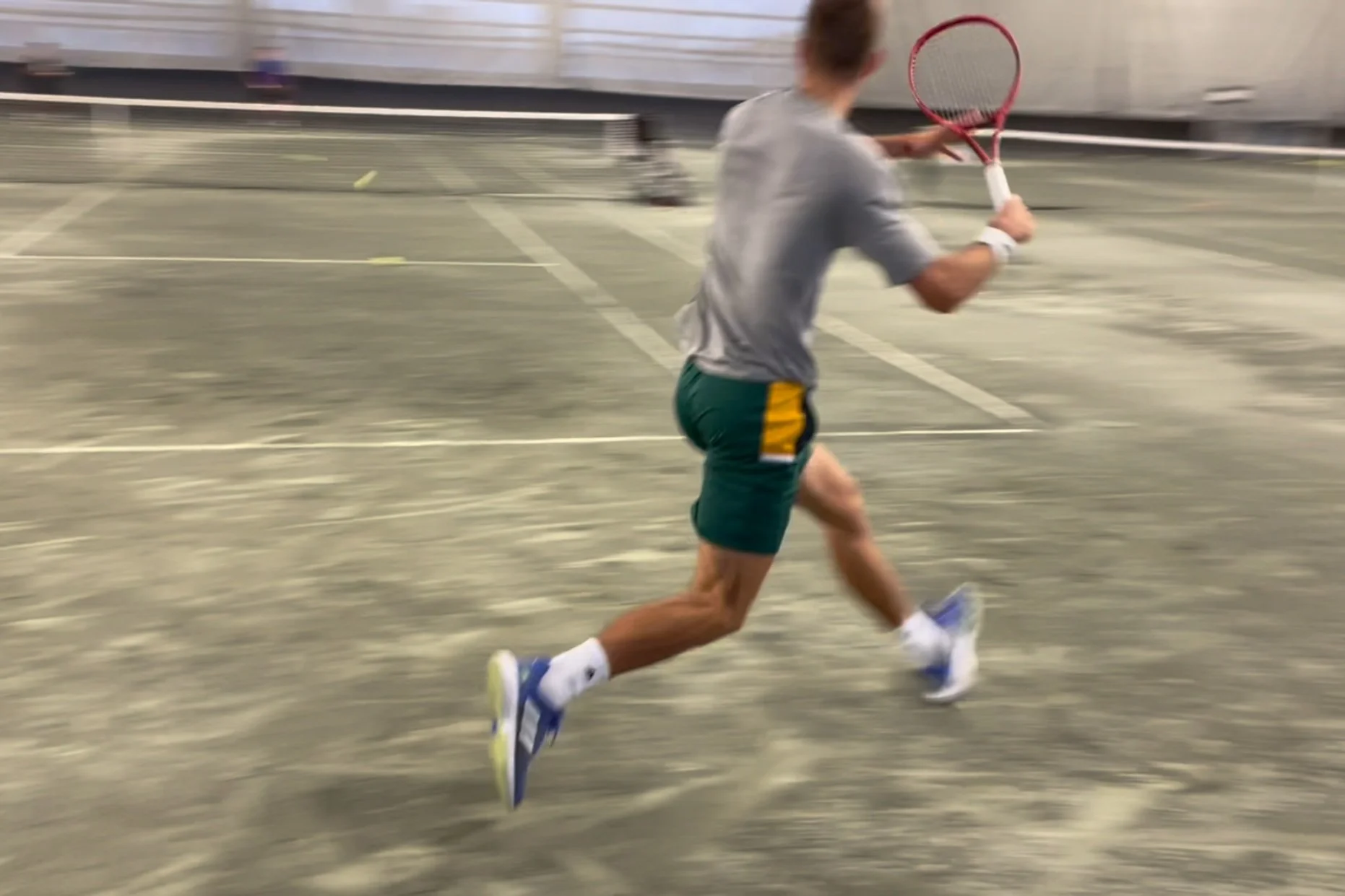Here's the typical trainer's concern; it's believed that players outside of the top 100 have worries that a guy like Federer doesn't - i.e. travel expenses, points to defend and so on. Many of these players perform a concentrated physical prep block for 4-6 weeks in Dec/Jan (just prior to the start of the new season) and then a number of 1-2 week blocks during the course of the year. These same trainers will also agree that this isn't enough - performing one 4-6 week block along with 2-3 smaller blocks during the year is an insufficient amount of time to develop a quality like explosive power, for instance.
Viewing entries tagged
physical preparation
I recently saw a post on a Facebook coaching forum. It was actually a question that went something like this, “coaches, have you seen any of your players improve their tennis because of their physical training?”.
My hand immediately covered my face and I began shaking my head in disbelief (no, no, no...it can’t be).
My answer to the question is an emphatic YES! Of course I’ve seen - on numerous occasions - physical preparation directly benefiting a player’s tennis game.
This past weekend, I had several players message me looking for a training program they could do for the next few weeks (or perhaps longer) - one that wouldn’t require any gym equipment. And in light of recent events, I’m guessing they aren’t the only tennis players (and athletes in general), in this scenario.
Because of this, I’ve taken some time to create what I’ve called, The ‘No Gym’ Program. So if you’re in the same situation as many (and don’t have access to gym equipment), just scroll to the end of this page and enter your email address - you’ll receive the program for free.
I’ve previously written about the split step and it’s importance to successful movement - and ultimately, shot execution - in tennis. But do we truly understand what factors contribute to an effective split step? Why we should devote serious attention to it? Or even more, how to best train it?
Before we get into the details, you should know that there are 3 primary components that make up the split step:
In last week’s post, we introduced the main physical training components that tennis players likely should focus on during the off-season. To get the best out of this week’s article, I suggest reviewing part 1 of this series first.
In this post, I’d like to tackle a couple key points. First, I’ll outline what a typical training week in the off-season might look like and how the overall cycle takes shape. Next, I’ll take a stab at commenting on the interplay and subsequent management of on-court and off-court training loads. Lastly, I will then offer some feedback - in other words, why it's my belief that training the various qualities outlined in last week’s article shouldn’t stop once the off-season cycle ends.
I’m obviously a big tennis fan. I don’t just follow the big events - although don’t get me wrong I do enjoy watching the top guy’s compete - but I also follow junior tennis and the lower ranks of the ATP, specifically the Canadians. This past weekend I watched the end of a Davis Cup match between Richard Gasquet of France (ATP World number 10) and Philip Bester of Canada (ATP World number 160). Although Bester played well, he inevitably lost in straight sets to the formidable Gasquet. What struck me though, was not the match itself but what Bester had to say in his post-match interview:






